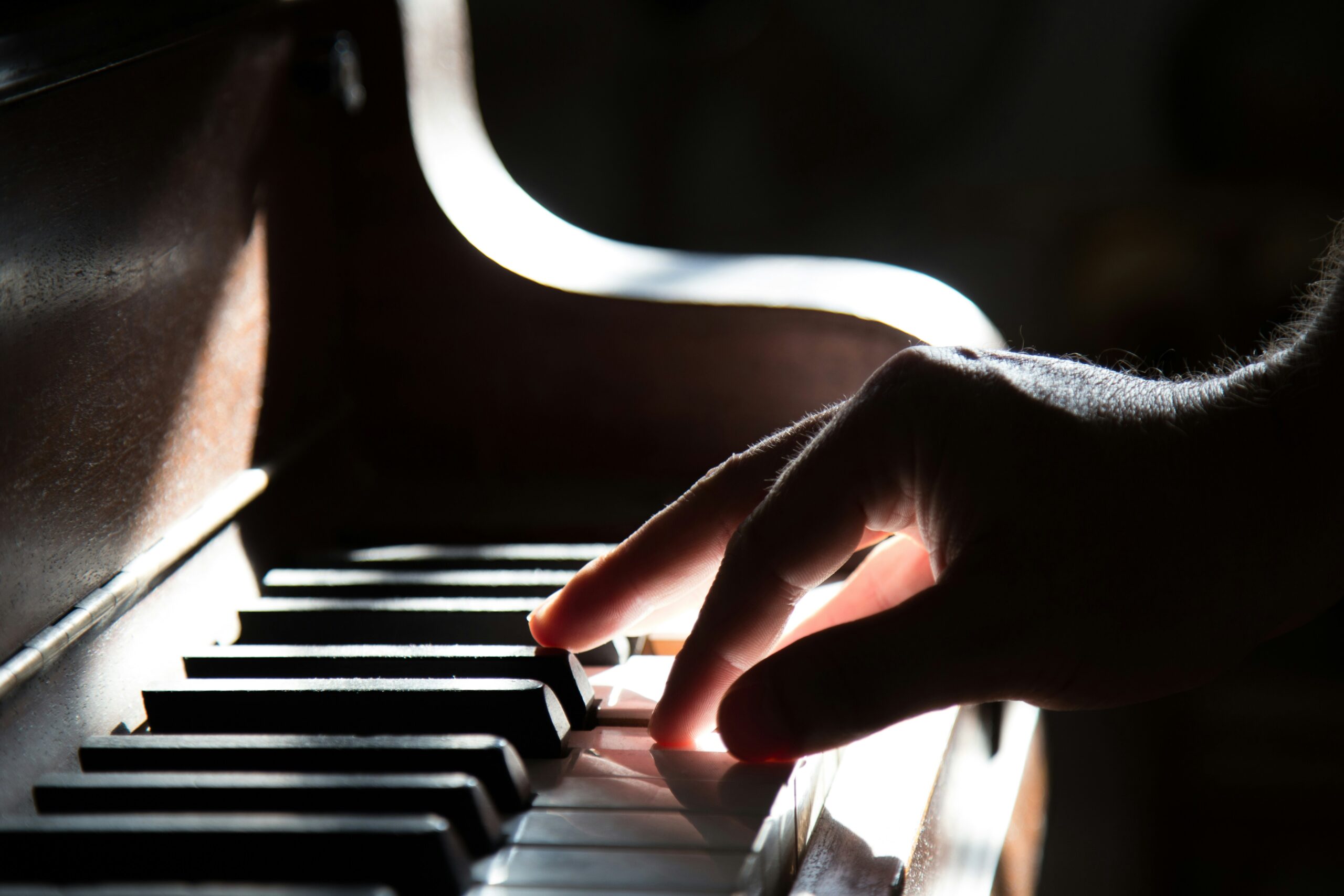Music should be a right, not a privilege. So why is it becoming less accessible to not only make music, but to consume?
2018 research by the Musicians’ Union (MU) revealed families with a total household income of less than £28k are half as likely to have a child learning an instrument as more affluent peers with a family income of £48k or more.
And, with the rise of streaming apps such as Apple Music, Spotify, and Youtube Music, listening on the go has become convenient and for most, preferred to traditional at-home listening on old school vinyl and CD players. Whilst the corporations have picked up on a need for ease, music consumers are being bled dry by subscription costs, leading those less well off to illegally stream, or simply go without.
Perhaps rising costs of streaming have forced consumers back to traditional roots, as suggested by the fact that Vinyl records outsold CDs for the first time in decades in 2023, reported by the Recording Industry Association of America. The report also stated that revenue from streaming, which includes “paid subscriptions, ad-supported services, digital and customised radio, social media platforms, digital fitness apps and others,” grew 7% to a record high $13.3bn, accounting for 84% of total revenues.
Modern living drives music enthusiasts to rely on technology for their music consumption and creation. For small artists, creation has become an expensive task. Starting with the basics, instrument or equipment costs alongside maintenance can quickly empty an aspiring musician’s pockets. On top of this, producing a track isn’t such an easy task.
Rehearsal spaces and studio time for recording music are high in demand and soaring in price. Once a track is produced, getting it on to relevant platforms like Spotify will also set you back by $10-$50 per album or single when using a distributor to access the platform. Artists can expect to earn as little as $0.003-$0.005 per stream once a track reaches audiences, meaning oftentimes the cost of creating the music is outweighed by the money earned for musicians with a smaller fan base.
Algorithms on social media platforms such as Tik Tok, Instagram and X have meant that artists’ promotions are missed by audiences, leading to a rise in paid promotion ads from artists looking to get discovered. These ads can cost anywhere from $0.40-$0.70 per click on popular social media apps like Instagram.
With live gigs on the decline due to small venues struggling to survive the UKs nightlife industry crisis, smaller artists are feeling the strain of rising costs and charging more for gigs and concerts. Concert tickets have surged in price, with Nearly one in five Britons saying ticket prices have frequently prevented them attending gigs according to a YouGov survey.
Small venues cannot afford to run events and large venues overcharge for tickets. Hundreds of pounds for a restricted view is unaffordable to most, meaning audiences struggle to not only see their favourite artists live, but also may be less inclined to discover new artists through live gigs.
For those who want to learn a new instrument or musical skill, learning will set you back a solid amount. According to the Musicians Union, the average cost of music lessons in the UK in 2021-2022 was £36 Per hour. Even with second hand music equipment or instruments, and opting for self-teaching, getting into the industry is costly.
So, how can we ensure that music is still accessible to all amongst soaring costs and advancing technologies?
Let us know what you think in the comments below.




